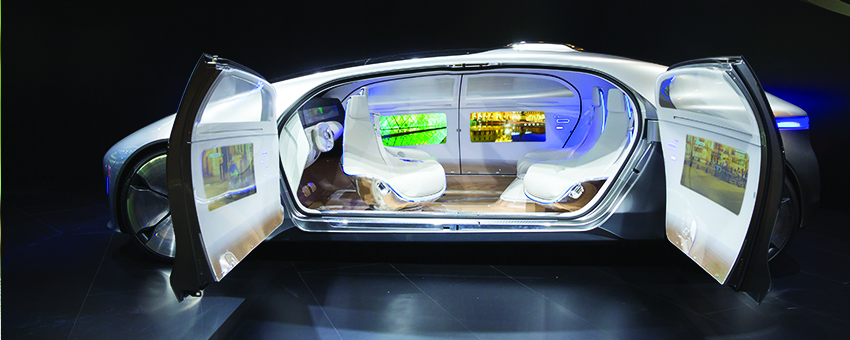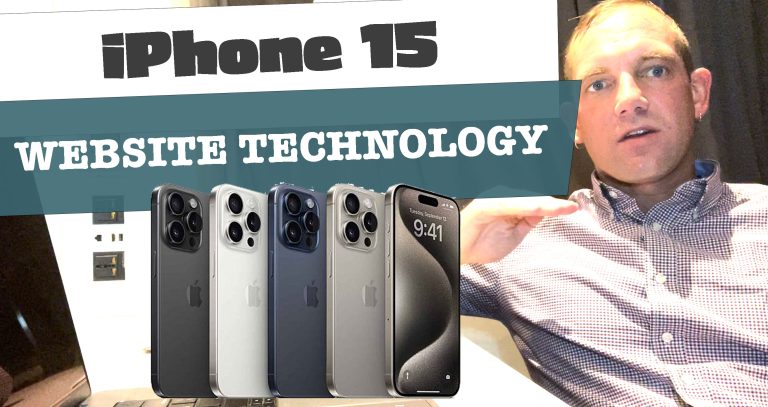
Toyota unveiled a prototype of a self-driving car designed to prevent accidents before they happen. The revelation of its test vehicle occurred just prior to the opening of the Consumer Electronics Show that ended on January 11. The prototype is being developed in Japan at Toyota’s 8.6-acre testing grounds in Toyota City.
The Japanese manufacturer also displayed a Lexus prototype equipped with specially designed mechanisms and sensors that are capable of detecting activities and conditions surrounding the vehicle. The system is able to act independently in response to a perceived threat whether it is an object, weather conditions or mechanical failure. The auto is fully capable of driving on auto pilot while navigating through a complex labyrinth of obstacles and conditions without any human interaction with the vehicle.
Rather than being designed to operate completely robotically, its purpose is to engage the driver by enhancing the operator’s perceptions of hazards that surround the vehicle’s environment and compensating for identified threats more effectively. The preventative system includes a laser system that detects objects at a distance of 230 feet around the auto. The front and sides are equipped with radar and full color HD cameras that can identify traffic lights and any vehicles approaching from all sides. The cameras and sensors employ smart technology that can anticipate actions such as a traffic light that is about to change and compensating for slippery roads for example. At a pre- CES event, Toyota displayed a 2013 Lexus production car embedded with the sophisticated preventative crash system. Currently, a number auto manufacturers offer some of the automated systems such as Lexus that are capable of signaling drivers to apply the brakes and automatically closing the windows in anticipation of an imminent collision.
Toyota isn’t the only company investigating the possibilities of reducing accidents through robotically operated vehicles. Search Engine icon Google is conducting research with its own automated prototypes engineered to remove human error from car accidents. Up until now, Google’s robotic cars have encountered only one accident; one where a human was in control of the auto.





















